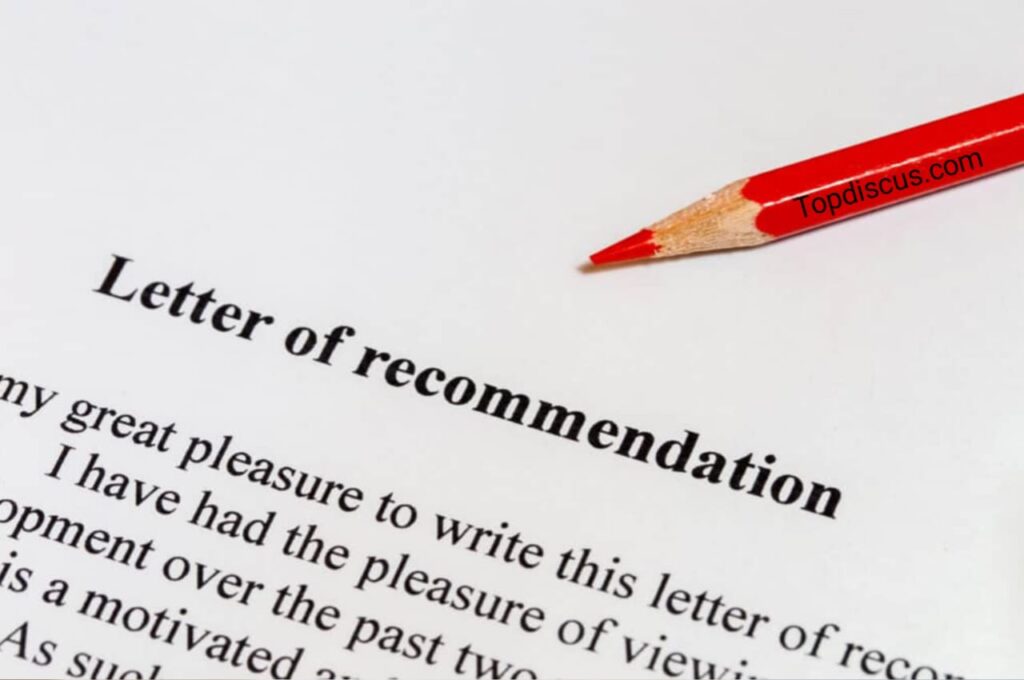In the intricate and often high-stakes world of employment, the recommendation letter stands as a testament to an individual’s skill, character, and potential. For HR professionals, composing this crucial document is an art and a science that can significantly influence hiring decisions and shape the future of candidates. But what makes a recommendation letter truly exceptional? How can you, as an HR representative, craft a piece that not only conveys the necessary information but also inspires confidence and speaks to the candidate’s unique value?
This guide is for you. Whether you’re a seasoned HR manager or just starting your career, you’ll delve into the detailed process of creating impactful recommendation letters that not only check the boxes but elevate your candidates, your company, and your reputation.
Understanding the Purpose of a Recommendation Letter:
 A well-written recommendation letter is more than a perfunctory professional courtesy; it is a strategic tool in the hiring process. It provides hiring managers with a perspective they can’t attain from a resume or interview alone — an insider’s view of a candidate’s performance, attributes, and potential in a real-world context. As an HR professional, it’s crucial to appreciate the weight that your words carry and the influence they may have. Your recommendation could be the edge that a candidate needs to land their dream job or secure that promotion.
A well-written recommendation letter is more than a perfunctory professional courtesy; it is a strategic tool in the hiring process. It provides hiring managers with a perspective they can’t attain from a resume or interview alone — an insider’s view of a candidate’s performance, attributes, and potential in a real-world context. As an HR professional, it’s crucial to appreciate the weight that your words carry and the influence they may have. Your recommendation could be the edge that a candidate needs to land their dream job or secure that promotion.
Gathering Relevant Information:
Before your pen touches the paper, or your fingers hit the keys, you must first gather pertinent data. This includes recent projects, notable achievements, and any specific skills that the candidate wants to highlight. It’s also valuable to seek insights into the candidate’s career goals and the roles they aspire to undertake. This information sets the stage for a detailed, personal, and factual recommendation that resonates with potential employers.
Determining the Structure:
A structured recommendation letter allows for clarity and an organized flow of information. It typically includes an introduction, body paragraphs, and a conclusion. Each component plays a specific role. The introduction should establish your relationship with the individual and the position they are seeking. The body should articulate its attributes with detailed examples, and the conclusion should reaffirm your recommendation and express willingness to provide further support if needed.
Personalizing the Content:
One of the most potent attributes of a great recommendation letter is its nature. This doesn’t mean delving into an anecdotal portrait of the candidate’s life but rather customizing your assessment to their unique ambitions and the job they’re pursuing. Speak to the reader, and connect the dots between the candidate’s strengths, and the needs of the position or organization.
Showcasing Relevant Skills and Qualities:
This is the heart of your recommendation letter. You must showcase the candidate’s skills and character traits, and why these attributes are relevant to the position. Your recommendation is an endorsement, so be sure to provide solid evidence that the candidate is not only capable but excels in their field.
Providing Specific Examples:
Generalized statements hold little value without concrete examples to back them up. Whether it’s a time they led a successful project team, their unique approach to problem-solving, or a particular professional development initiative they championed, specifics lend credibility to your endorsement. Numbers and data can be persuasive — did they increase sales, save costs, or improve processes?
Being Honest and Balanced:
It’s imperative to be forthright in your recommendation. Highlight the candidate’s strengths, yes, but also be willing to discuss areas for growth. All individuals have aspects of their work that need development, and an honest but balanced recommendation reflects a commitment to transparency and fairness.
“Click Here For More Information”
Formatting and Tone:
The structure provides the skeleton, but the format and tone give the letter its flesh. A formal recommendation should be well-organized, clear, and free from grammatical or typographical errors. The tone should be professional but not sterile. It’s about finding the balance between formality and approachability, expressing confidence without hyperbole.
“Click Here To Visit Our Home Page”
Proofreading and Editing:
A thoroughly reviewed letter speaks volumes about your attention to detail and the value you place on the candidate’s application. After writing, allow time for the letter to ‘breathe’ before editing. You can then return to it with a fresh perspective and tweak it as needed. Remember, your recommendation is a reflection of your professionalism.
Recap of Key Points:
A well-crafted recommendation letter can be a game-changer for candidates. By understanding the intricacies of its composition and investing the time and care required, you’re not only fulfilling a professional obligation but also signaling your dedication to the candidate’s success. As you write your next recommendation letter, keep in mind the journey that it will support — and ensure your words are a beacon of endorsement and encouragement.
Armed with this comprehensive guide, you’re ready to embark on the next recommendation letter with a renewed sense of purpose and precision. Your candidates, current and prospective employers, and the professional world at large will be better for the thoughtful consideration and effort you invest in every word you write. So go forth, and let your recommendations speak volumes for those you endorse. Let’s continue elevating the hiring process, one recommendation at a time. So don’t shy away from this task – embrace it as an opportunity to make a positive impact and contribute to the growth of individuals and organizations alike.
Conclusion:
In conclusion, a well-written recommendation letter is not just a formality but an essential tool in the hiring process. It provides valuable insights for potential employers and can make a significant difference in a candidate’s career journey. By following this guide, HR professionals can create personalized, structured, honest, and impactful recommendation letters that showcase the strengths of the individuals they endorse.
Let’s continue to elevate the hiring process and support the growth of individuals and organizations through our well-crafted recommendation letters. Happy writing! So, don’t shy away from this task – embrace it as an opportunity to make a positive impact and contribute to the success of candidates and companies alike. Let’s continue to raise the bar for professional recommendations. Happy writing!
